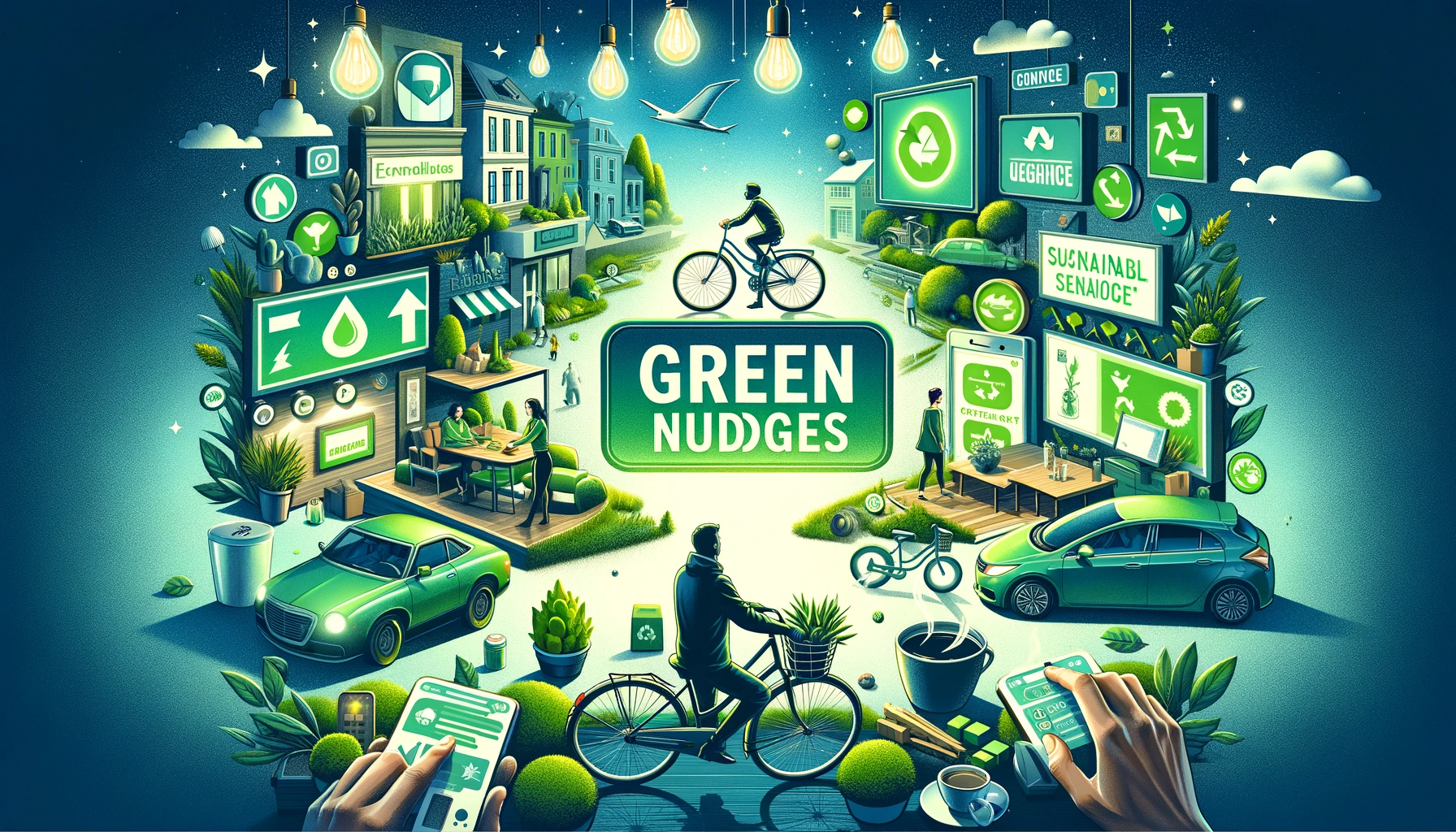In a world grappling with the urgency of climate change, the power of influence can never be underestimated. ‘Green Nudges’ are an innovative solution that guides human behavior towards sustainable outcomes subtly, but effectively. Incorporating lessons from psychology, behavioral economics, and sustainability science, Green Nudges are proving to be a potent tool in the fight against environmental degradation.
A ‘nudge’ is a concept in behavioral science that involves subtly leading people to make decisions that align with their long-term interests without significantly changing their economic incentives. As a result, ‘Green Nudges’ are gentle pushes towards environment-friendly actions, aimed at inducing sustainable decision-making and behavior.
Green Nudges can manifest in numerous forms, such as reminders to conserve energy, subtle cues to reduce waste, or simple encouragement to recycle. The beauty of this approach lies in its unobtrusiveness; it maintains the freedom of choice while subtly promoting sustainable behavior. This is the core principle of libertarian paternalism, the ideology behind nudging.
Despite their subtle nature, Green Nudges have the potential to create large-scale impacts. One successful example can be found in the use of defaults, one of the most potent nudges. For instance, printing on both sides of a paper is set as a default setting on printers in many offices and institutions. This simple adjustment has led to substantial reductions in paper usage without restricting anyone’s freedom to choose.
Another example of Green Nudging is the “opt-out” system in many countries for organ donation, which has significantly increased organ donation rates. Applying the same principle to green energy subscriptions, where consumers are automatically enrolled in renewable energy plans but have the option to opt-out, has shown promise in boosting renewable energy usage.
Despite its potential, implementing Green Nudges isn’t without challenges. The effectiveness of nudges can be influenced by many factors, including cultural norms, societal values, and individual characteristics. Therefore, careful design and tailoring of Green Nudges to specific contexts are critical. Furthermore, Green Nudges should complement, not replace, more substantial policy measures for environmental protection.
In conclusion, Green Nudges represent a promising approach to influence individual and collective behavior towards sustainability. They provide an unobtrusive, cost-effective, and scalable means of promoting environmentally responsible behavior. As we march towards an uncertain future marred by environmental crises, Green Nudges offer a ray of hope. By influencing choices in subtle ways, they can steer society towards a greener, more sustainable future. The strength of this approach lies not in its power to dictate but in its gentle, persistent whisper for change.


